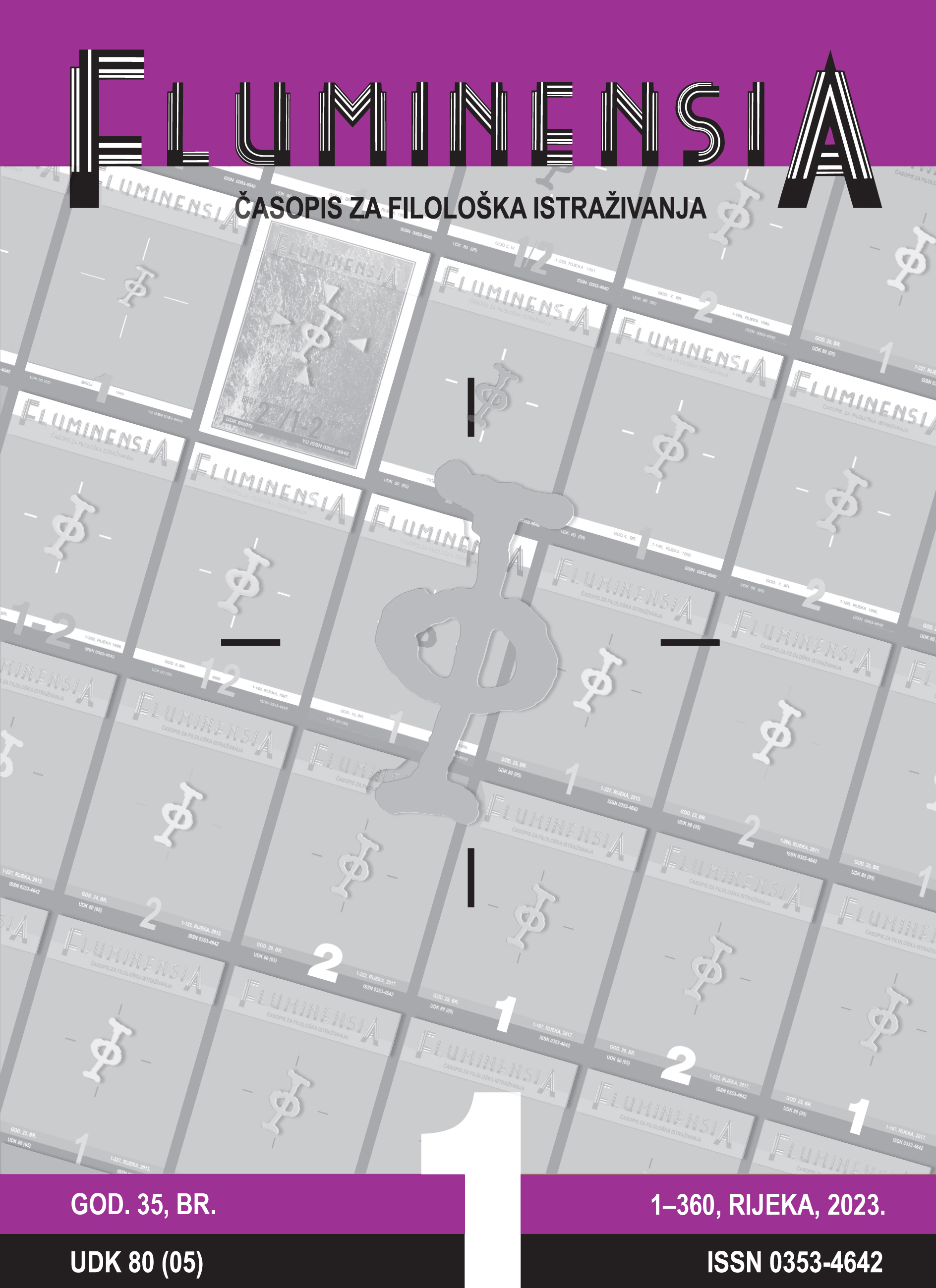LINGUISTIC FEATURES OF CROATIAN GLAGOLITIC MANUSCRIPTS PERTAINING TO RIJEKA’S AUGUSTINIAN CONVENT
Keywords:
Augustinians, Rijeka, historical dialectology, Chakavian literary stylisation, Chakavian Ekavian dialect, north-eastern Istrian subdialect, Document of Rambert III Walsee from 1429, Document of emperor Ferdinand I from 1528.Abstract
This paper analyses linguistic features of two Glagolitic texts pertaining to the Augustinian Convent in Rijeka, which are contained in Darko Deković’s book Studies on the Glagolitic Circle of Rijeka. These are two administrative-legal texts transcribed in the 16th century: Document of Rambert III Walsee from 1429 and Document of emperor Ferdinand I from 1528. By means of a comparative analysis of linguistic layers of the two texts, as well as data collected from extant diachronic and synchronic research on the speeches of Rijeka and its surroundings, we aim to determine more accurately the connection of these two texts to a particular Chakavian areal or idiom. One must bear in mind, though, that many texts originating from the 16th century and later, alongside the influence of Croatian Old Church Slavonic tradition, maintain a literary stylisation and do not always lend themselves well to the diachronic approach to a particular organic idiom, while at the same time, due to the recognisability of a particular idiom’s features, they make it possible to infer the scribe’s deviations from the norm of the time. Based on such characteristics, it is possible to draw conclusions about the influence of northern Istrian idioms in the suburbs of the former city of Rijeka on the basis of the studied corpus.

